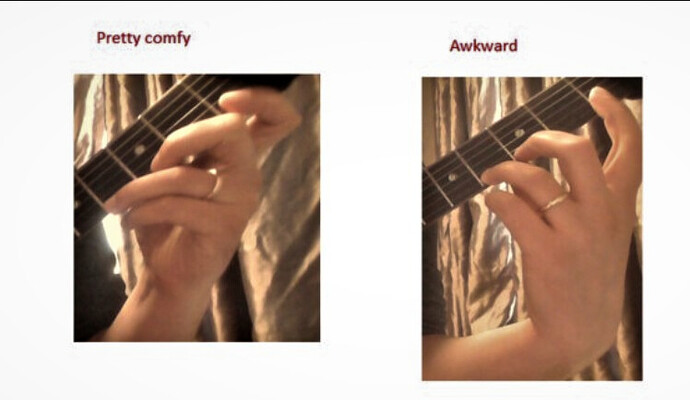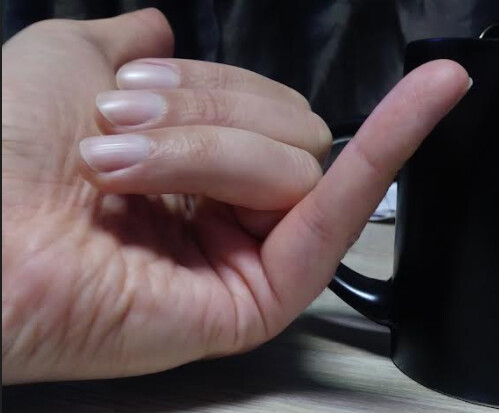Hi,
I took lessons at 10 yo and played some rock and jazz until about 20, then quit for 30 years due to school, work and life. My son who was in conservatory for classic/jazz got me back into it. I took jazz lessons for a year and learned enough theory to learn tunes I liked on my own.
I have been trying to build speed, in general, but then also to play certain tunes, like the triplets in j kriesberg’s south of everywhere at 185 bpm. Some of this is a combo of cross and sweep picking that is tough but I am getting there. I will post a passage because I would like to know those of you who can shred would approach this.
The site has been very helpful, but constructively, a bit wordy, and the information could be categorized better. I had to dig deep to find the main points. I ended up summariziug in notes.
I am a primary upward slant picker, but found that I had naturally used downward pick slanting as well. I am new to sweeping, and for me that would essentially be economy picking. It does not feel smooth at this point, and I prefer to switch my angle. My overall sense is that whatever works for you is correct after watching the videos. In this regard, I learned all the scales as 2 and 3 note per string scales, and I am wondering if I should go back and pick up the 3 note per string scales. I am not sure if it will increase my speed significantly after watching Troy shred regardless of what he was playing.
Being a retired neuroscience guy, I am curious about how long it takes to develop speed, especially for older guys like me? I assume everyone is wired a bit differently, but it is an interesting question. In this regard, I know that professional older musicians can be just as fast or faster than a 20 yo because they have been playing for many years. I also know that cognitively, everything slows by a factor of 1.5 starting at about 60, and aside from a tapping test, that stresses the importance of knowing where you are going on the fretboard.
I would like to see more on left hand technique if possible because my sense is, is that this is where a lot of folks hit a wall. Maybe incorrect thumb position, picking fingers up too high off the fret board etc. I have been experimenting here.
Anyway, thanks again Troy for your site. Much appreciated and my sense is that you studied engineering and are a scientist at heart.
I will post the triplets I am working on soon.








